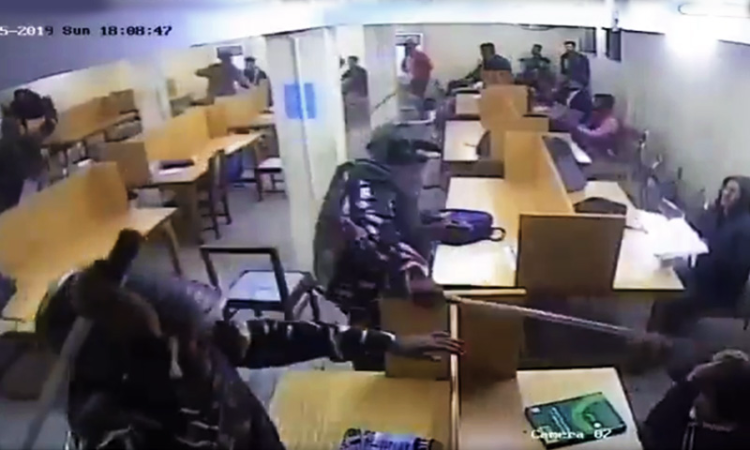In Complaints Against Police Violence In Jamia, NHRC Recommends SIT Probe To Identify 'Real Perpetrators Behind Violent Anti-CAA Protest'
Radhika Roy
27 Jun 2020 10:08 AM IST

The report also recommended probe by Delhi police on police violence in Jamia
Next Story


